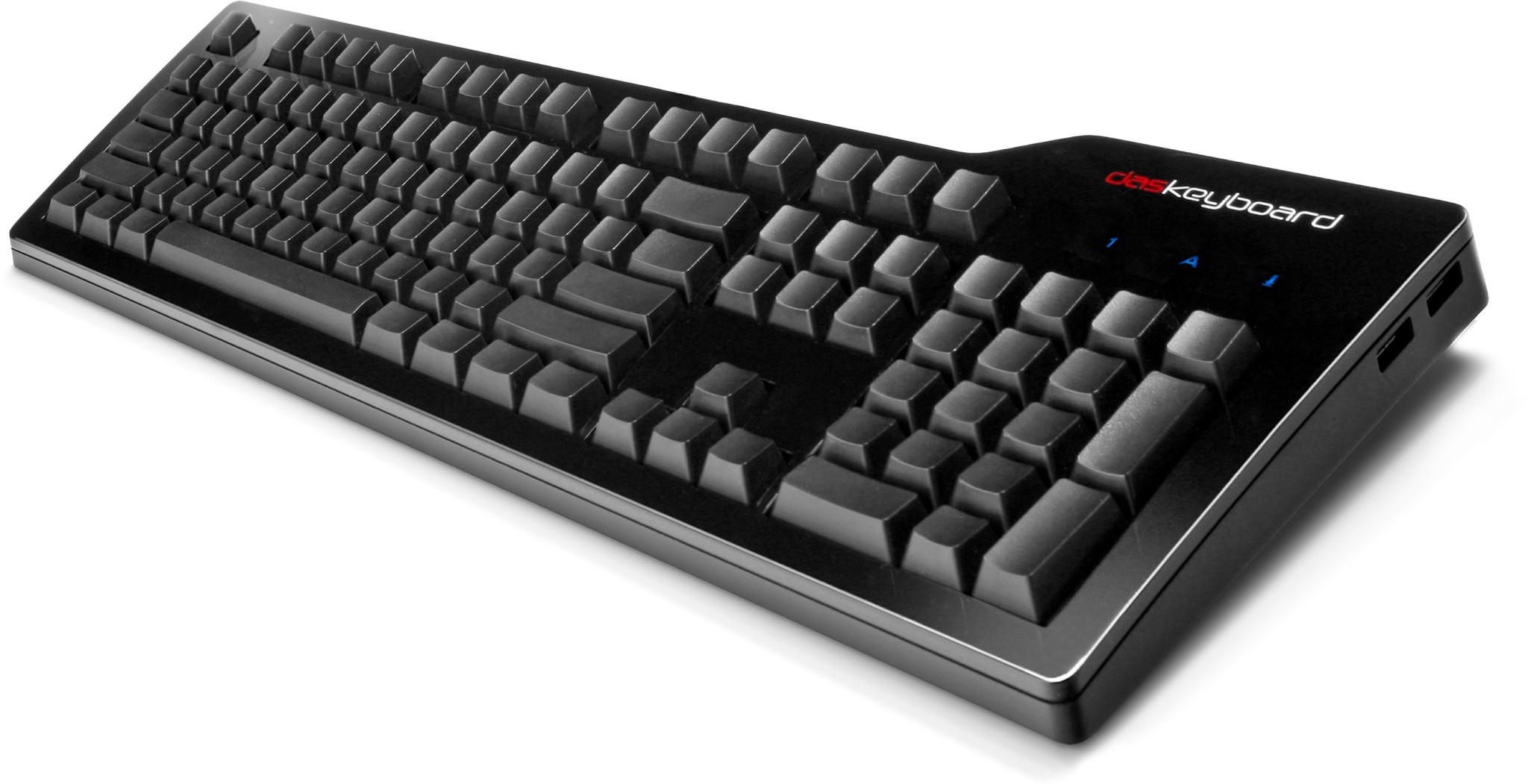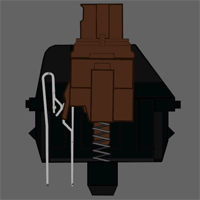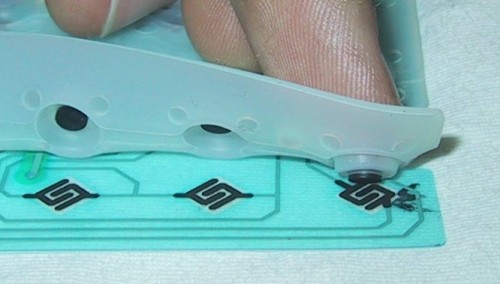
If you are a keyboard fanatic or if you have been following our blog for a while, you already know the answer to this question.
But lots of people don’t know what mechanical keyboards are, likely because they’ve never heard of them or taken the time to research keyboards. And who can blame them? Most computer purchases nowadays include a keyboard, so consumers don’t really have a reason to look for a different one.
However, if you’re one of those consumers who’s not satisfied with these “default” keyboards, and you’re starting to shop around for a different option, this post is for you.
The Basics: Switches
When you ask the question, “What is a mechanical keyboard?”, you can answer this one of two ways: simply or thoroughly. As a newcomer to this area, you need to start simply.
A mechanical keyboard is different from other keyboards because they have switches under the keys. These switches are made of several moving parts: a hard plastic “stem” contains two metal contacts and a spring underneath. When a key is pressed, the stem pushes the spring down so the two metal contacts connect, registering your key press to the keyboard’s circuitry and therefore to your computer.

Essentially, these switches are what make mechanical keyboards, well, mechanical keyboards. You could have the same keycaps as a regular keyboard, but it will still be mechanical because of its use of switches.
The Other Defining Factor: Quality
Because of the durability and construction of these switches, mechanicals are high-quality keyboards that last far longer than regular keyboards. Why? Simply put, regulars are made cheaply.
Because manufacturers tend to give out so many keyboards with computers, they looked for ways to make keyboards cheaper. This resulted in them making membrane keyboards (like the ones on you might have on your microwave), and, more commonly, the rubber-domed keyboards, which are a hybrid of mechanical keyboards and membrane keyboards. These domes aren’t made of several moving parts; instead, the domed switches are made of polyurethane underneath a rubber or silicone keypad.

When you press on a key, the rubber/silicone pushes the poly “switch” down to make contact with the circuit board beneath it. Though these dome switches can be made out of metal, you generally receive the polyurethane ones instead in your average keyboard.
And that means they don’t last nearly as long as a metal-domed keyboard, much less a mechanical one.
Why is all this important?
Because mechanical keyboards use switches that are higher-quality, they can cost more, sound different, last longer, and feel heavier. Plus, there are several different types of switches these keyboard can use, which also make a difference in how they’re used. We’ll address the rest of these factors of mechanical keyboards and regular keyboards and how they could affect you in future posts.
Or you can swing over to our handy mechanical keyboard guide if you want a more thorough answer to “what is a mechanical keyboard?” (we don’t blame you — it is quite interesting once you get into it!).
